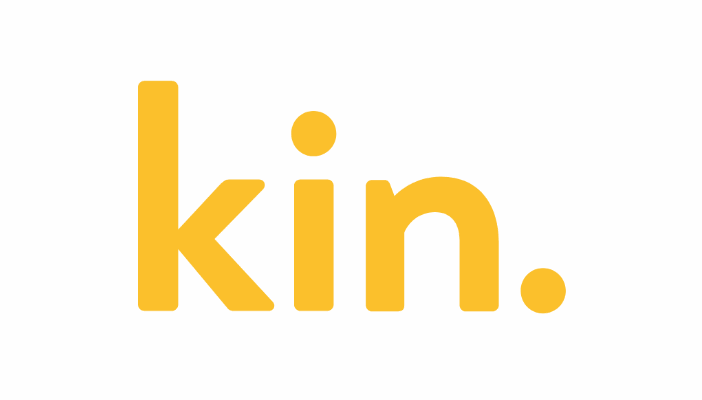Kin bolsters surplus by $20m to meet Demotech requirements

We’ve learned that direct-to-consumer and fast-growing insurtech Kin bolstered the surplus capital of its main carrier operating in Florida by $20 million in order to meet Demotech’s requirements for its rating affirmation recently.
Kin has just completed the sponsorship of its first catastrophe bond transaction and we understand from sources that information on the surplus capital injection was sent out to cat bond investors just before the $175 million Hestia Re Ltd. (Series 2022-1) deal was priced.
We understand the information was sent to cat bond investors in the wake of rating agency Demotech highlighting that it was in the process of reviewing many Florida focused property insurance carriers.
Demotech had recently highlighted the challenging Florida property insurance market environment and the ongoing litigation situation there, calling for urgent legislative reforms and warning that a number of property insurance carriers were facing downgrades in the coming weeks.
Any downgrades would largely come when a carriers surplus had declined significantly, or its losses and loss creep escalated, damaging its performance.
In the review process, we’re told that Demotech communicated certain requirements to the cedent to the reinsurance cover provided by the new Hestia Re cat bond, Kin Interinsurance Network, the insurtech’s policyholder-owned reciprocal exchange.
Based on Demotech’s communication of certain rating requirements to Kin, we’re told the reciprocal exchange company received a $20 million capital injection, in the form of a surplus note from one of the Kin affiliate companies.
That capital injection was made at the end of March 2022, we’re told, and Demotech affirmed the “A, Exceptional” Financial Stability Rating of Kin Interinsurance Network on March 31st.
It’s not immediately clear whether the $20 million capital injection was simply Kin moving around capital it already had in the organisation, to assist the Kin Interinsurance Network in achieving its rating affirmation, or whether any additional capital was raised from external sources.
We suspect the former, but it’s challenging to be certain at this time.
According to Demotech, Kin had gross premiums written of almost $100 million for 2021, but surplus was reported as $25.85 million at the end of the year. It could be this ratio, of premiums to policyholder surplus, that drove the need for the additional surplus capital infusion, as surplus was reported to be higher than premiums at the end of the prior year.
But with Kin still in start-up growth mode, it’s important to consider the fact the company has been through a failed SPAC IPO attempt, but subsequently raised significant new capital of $82 million, hence this surplus injection may just have come from this new pot of growth capital.
For catastrophe bond investors, the creditworthiness of a counterparty is always a factor to be considered, even though there are clear terms in cat bond arrangements that allow for any failed payments of coupons to terminate a deal and for collateral to be returned to the investor in the notes.
Kin appears in a much better financial position that many longer-standing Florida and coastal focused insurance carriers, especially given it is still relatively young and has also raised fresh capital this year.
It absolutely won’t be the only carrier needing surplus capital to be injected into its rated Florida or coastal underwriting entities this year, we suspect many others will require similar.
The fact the company needed to boost its surplus capital is notable though, also demonstrating the effectiveness of Demotech’s process in reviewing carriers operating in Florida and other catastrophe exposed zones.
Kin secured $175 million of Florida hurricane reinsurance protection through its now settled Hestia Re Ltd. (Series 2022-1) catastrophe bond.
That slice of reinsurance will also have factored into Demotech’s rating decisions, we assume, given the rating agency tends to take a very close look at carriers reinsurance arrangements and approach to protecting themselves through the coming storm season.






